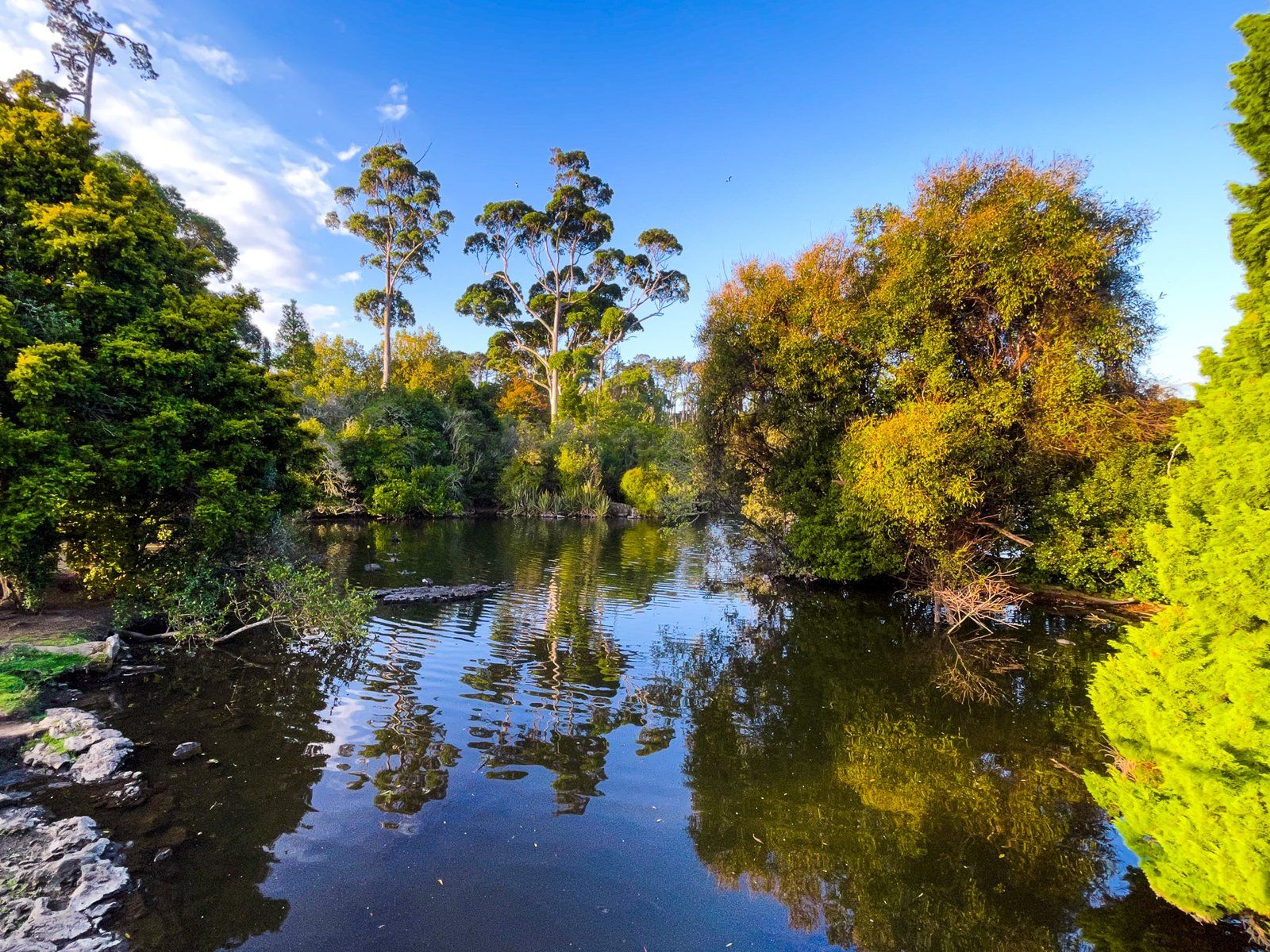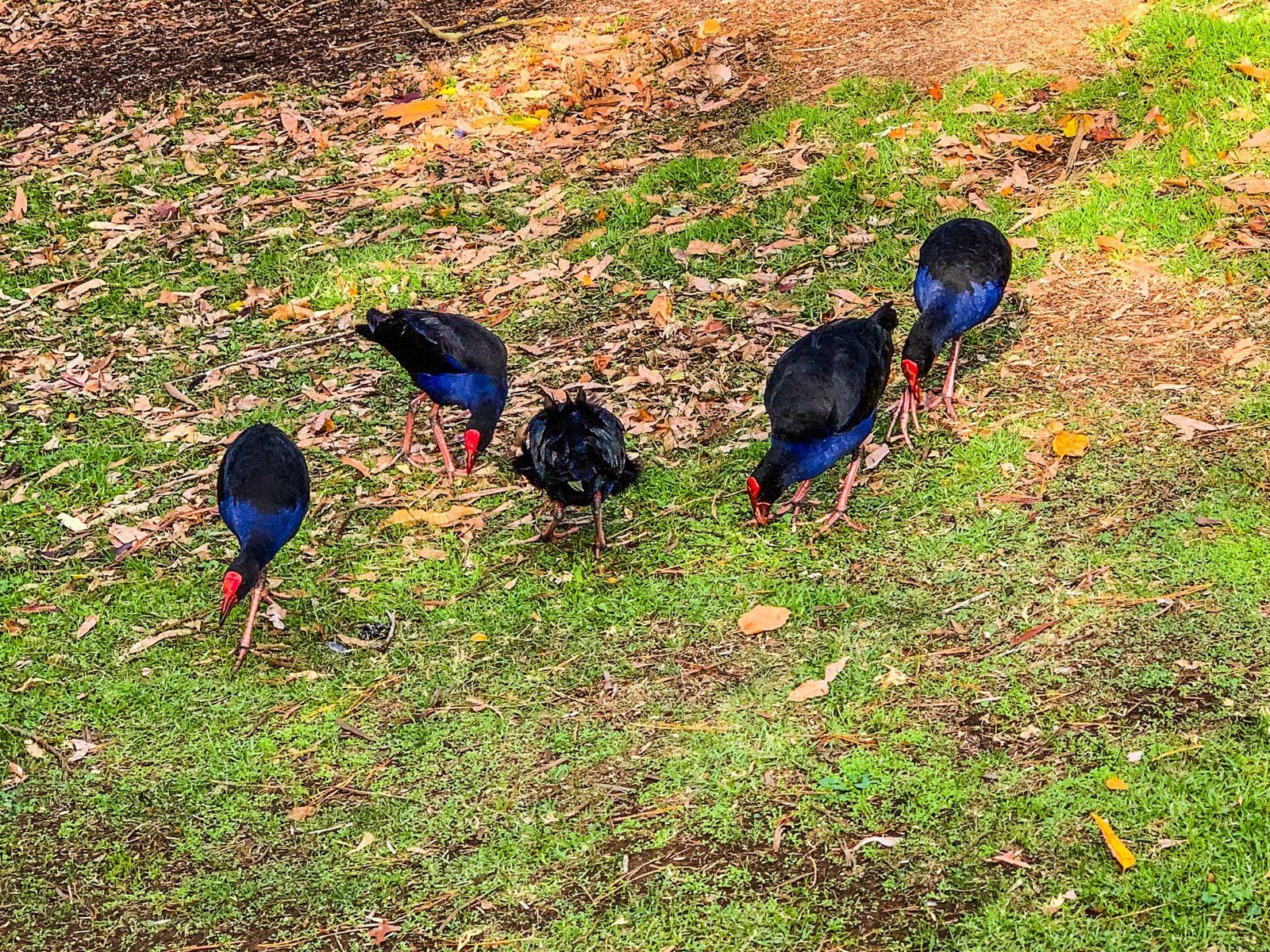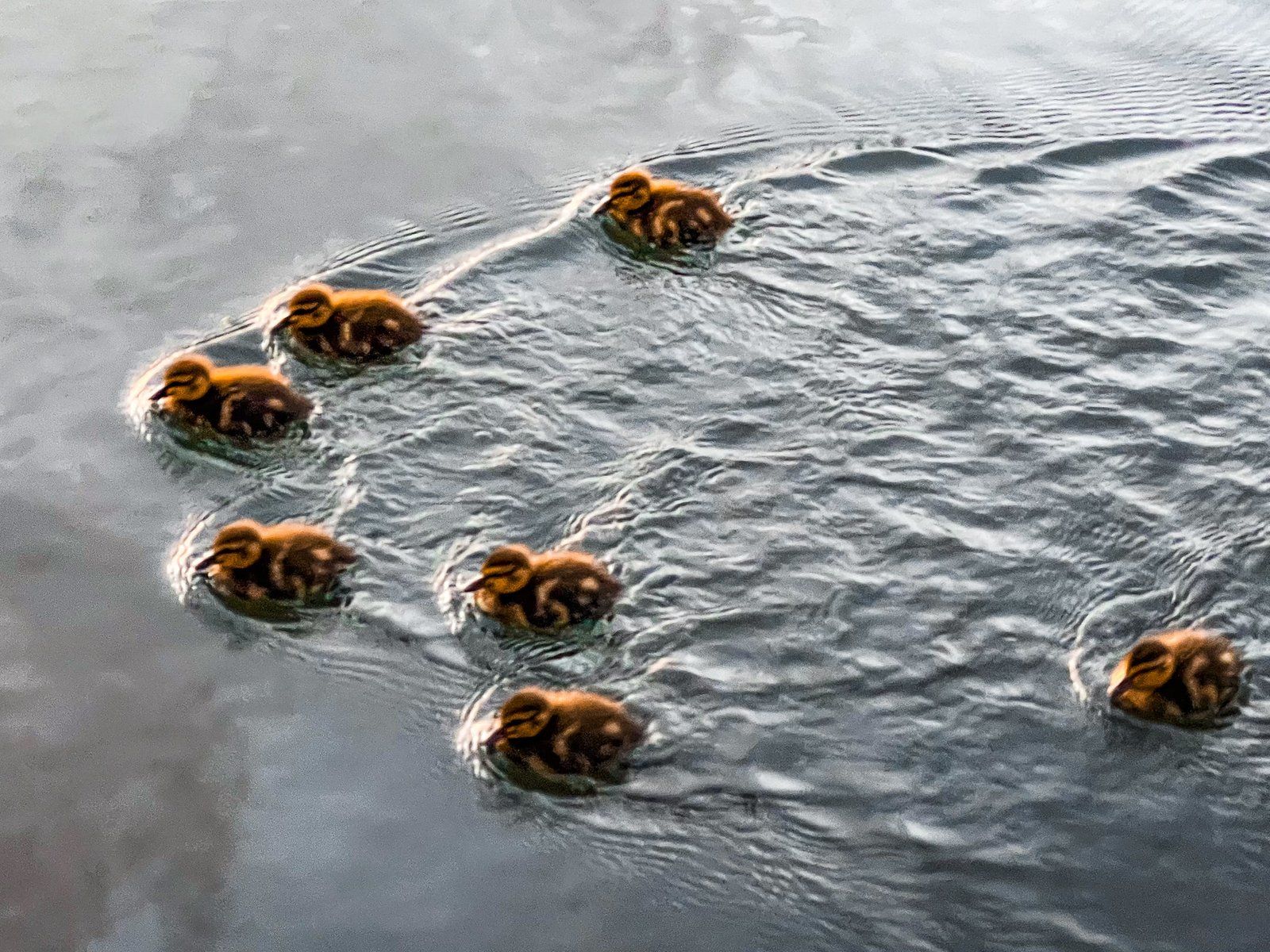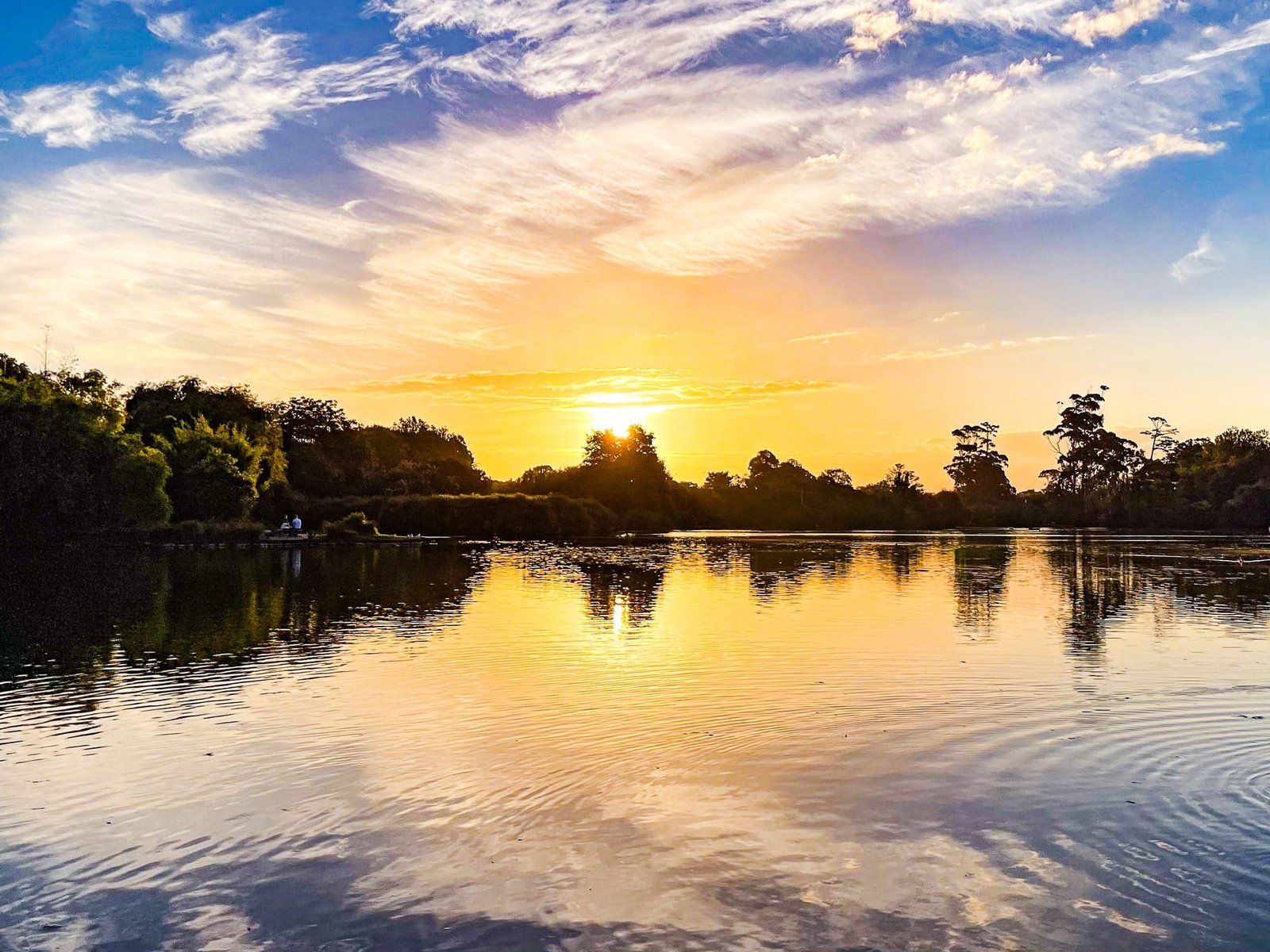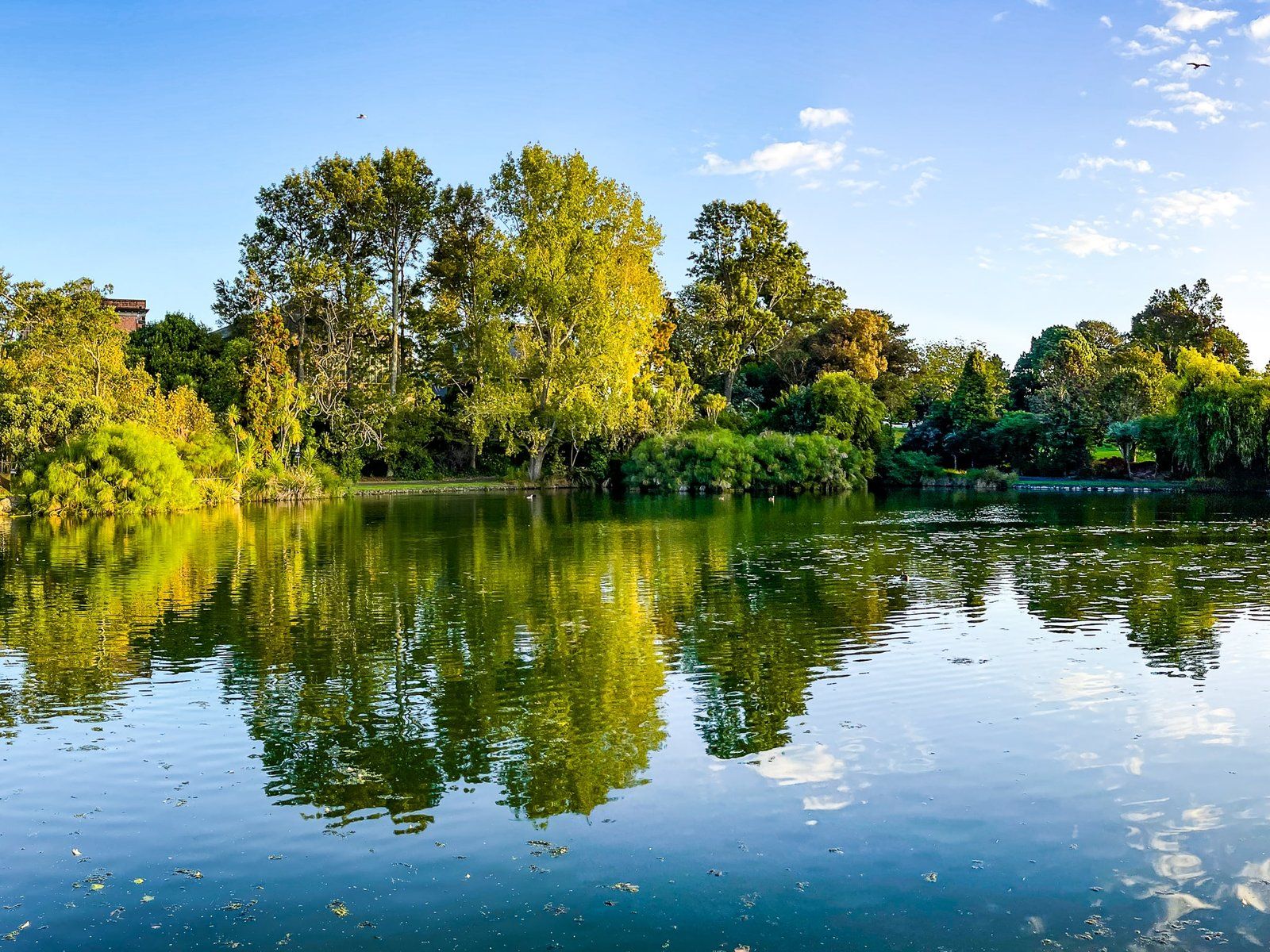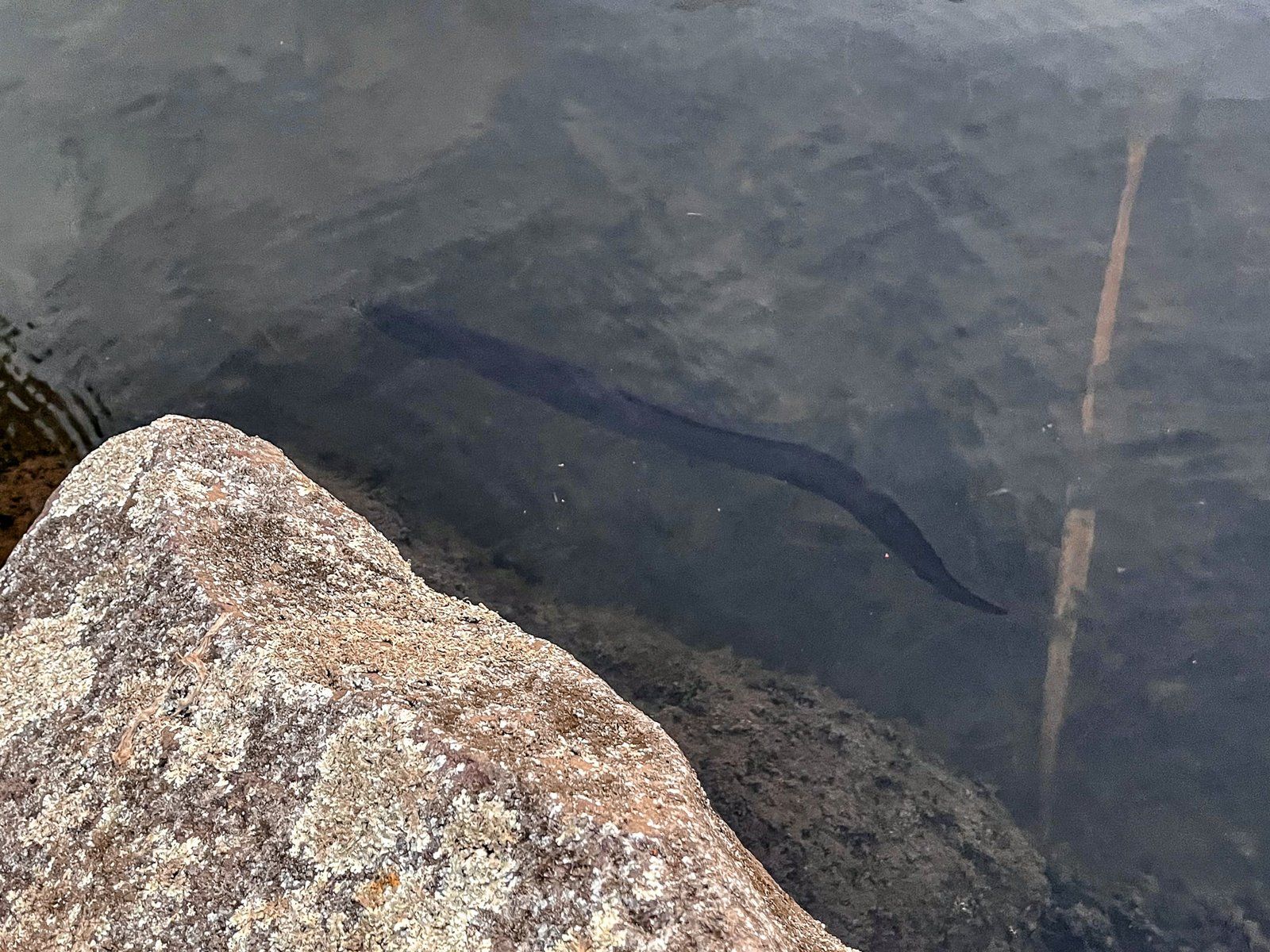Western Springs Reserve (also Western Springs Lakeside Te Wai Ōrea) is on the west side of downtown and is one of the more recent parks in central Auckland. Historically, it was one of two major freshwater sources and wetlands on the Isthmus. The Māori name of Te Wai Ōrea means the water of eels and denotes its pre-European importance as a food source.
The water flows through cracks in basalt lava from Te Tātua a Riukiuta / Big King, one of the 14 Tūpuna Maunga, in the suburb of Three Kings to the southeast. This natural filtering assured its freshness and supported a lava rock forest ecosystem. This ecosystem is now rare and consists of plants growing in minimal soil amongst rock and leaf humus. A surviving example can be seen at Gribblehurst Park in Sandringham, Auckland.
In the 1870s, Auckland needed a new freshwater supply, so a dam was constructed to create an artificial lake. This lake remained the source of the city’s drinking water for 30 years. The European name Western Springs was adopted to differentiate the springs from those at Auckland Domain Pukekawa, the previous major water source for Auckland. In 1928, Western Springs was replaced by new reservoirs in the Waitākere Ranges.
After this, the lake was somewhat ignored, but Auckland Zoo opened on the north side in 1922, and Western Springs Stadium opened to the east in 1929. There was a suggestion of an amusement park in the 1950s, but no money to do it. Then, in 1961, Auckland City began administering it as a reserve. The adjacent Museum of Transport and Technology opened in 1964, and Western Springs was finally made a public park in 1977.
Today, there is an easy loop track around the lake with a reasonable amount of wetland recovery growth at the west end, crossed by bridges. The bridges are the best location to spot eels. The park is also rich in bird life. Native pūkeko have become abundant, but there are also large numbers of ducks, swans and gulls. The swans are generally pretty tolerant of people, but watch out in Spring! The most interesting birds are a colony of royal spoonbills (kōtuku ngutupapa). These are relatively recent arrivals, having first flown over from Australia in 1861, and may be seen towards the southwest end of the lake.
